Historically, lanterns were an important carrier of China's traditional culture.
In ancient times, lanterns were a very common lighting and decorative item. Whether in the palace or in the homes of the common people, lanterns of various types and colors can be seen.

As early as the Qin and Han Dynasties, lanterns have been used, and in the Tang Dynasty, the uses of lanterns have become more extensive, and the types have become increasingly diverse. The custom of appreciating lanterns on the Lantern Festival started in the Han Dynasty. At that time, it was to pray for good weather and peace for the country and the people. People visiting the Lantern Festival also prayed for a happy life and good luck. And this custom has been passed down.

The origin of lanterns has many different types of speeches in history. One of the more mainstream ones is that lanterns originated in the Eastern Han Dynasty. At that time, Emperor Liu Zhuang of the Ming Dynasty highly respected Buddhism, and learned from the master that on the fifteenth day of the first lunar month every year , The vast temples have activities of viewing Buddha relics and lighting lamps to worship Buddha, so he ordered his men to light lamps and worship Buddha in the palace on this day.

After that, this activity gradually developed into a grand folk festival, from the palace to the homes of ordinary people on the streets. In the Sui and Tang Dynasties, this type of activity was particularly prosperous, and the Lantern Festival was also very lively.

1. Classification of ancient lanterns
In ancient times, the types of lanterns were extremely diverse, in general, including portable lanterns, revolving lanterns, sheep lanterns and so on. In history, it is said that after Jiang Ziya's consecration ended, he did not get any position. On New Year's Eve, the gods returned, and he was the only one who had nowhere to go. Let Jiang Ziya squat under the lamp for one night.
Later, the custom of lighting lanterns also passed down. In ancient times, the revolving lantern was a more common type of lanterns, also known as Panchi lanterns, turning heron lanterns and so on. Zhou Mi of the Southern Song Dynasty wrote "Wulin Old Stories, Volume II, Lamps", which records: Ruosha plays shadow lights, horses ride figures, and they spin like flying.

In addition, Kongming lanterns are also a relatively common type of ancient lanterns. It is said that the lantern was invented by Zhuge Liang. At that time, he was trapped in the Pingyang area. In order to escape from danger, he first measured the wind direction and speed in the area, and then made a lanterns into the sky as a signal for help using paper. .
Later, in order to commemorate him, the people turned the Kongming lantern into a blessing ceremony. In addition, palace lanterns are also a common type of lanterns, which originated in the Eastern Han Dynasty and developed greatly in the Sui and Tang Dynasties, and the local characteristics of palace lanterns in different regions are more remarkable.

In ancient times, lanterns were often hung in temples, and it is worth noting that the lanterns in temples are basically yellow, and in addition to the most basic lighting functions, they also have some religious significance.
In ancient times, lanterns with surnames also appeared frequently, and some large families would print their surnames on the lanterns, and the lanterns would also be printed with patterns of various symbols. In addition, portable lanterns, river lanterns, etc. are also more common types of lanterns.


2. Symbol and service life of lanterns
In ancient times, the people did not hang lanterns casually, which contained a lot of attention. More specifically, in the folk, the lanterns hung by the general public are basically big red lanterns, which symbolize good luck, and the hanging dates are basically selected during the festival.
And the number of lanterns hung by the ancients is also quite particular, usually an even number, which also means that good things come in pairs, and double happiness is coming. In addition, Kongming lanterns, river lanterns and other wish-making lanterns also have symbolic meanings of auspiciousness and good expectations, and have always been respected by the general public. Many people choose to set off Kongming lanterns or river lanterns when making a wish.
In ancient times, lanterns also had a relatively strict service life. Generally speaking, many people in ancient times believed that the service life of lanterns could not exceed the next year, especially in the New Year's Eve, new lanterns were generally replaced. For reuse, it cannot be discarded or burned with fire, and the procedures for its destruction are also very strict.
Generally speaking, it is necessary to use the method of touching the cage to destroy, that is, to make the lit lanterns collide with each other and then burn it. This is mainly due to the homophonic sound of banging and pinging, which has auspicious meaning and represents prosperity.
In ancient times, the lanterns culture has formed a relatively systematic cultural system, and has a variety of auspicious symbolic meanings. Whether it is dignitaries, nobles or ordinary people, they have placed a lot of good expectations in the lanterns, and painted many fine and elegant patterns on the lanterns. In addition, they have also derived festival activities such as guessing lantern riddles and placing river lanterns. It's colorful and fun.

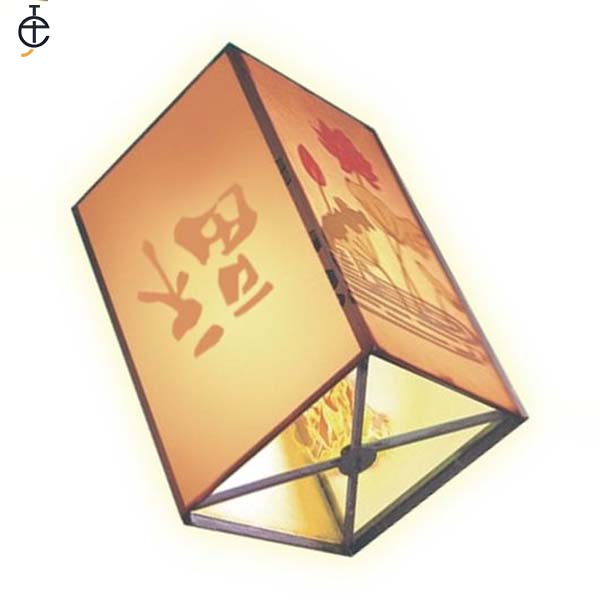

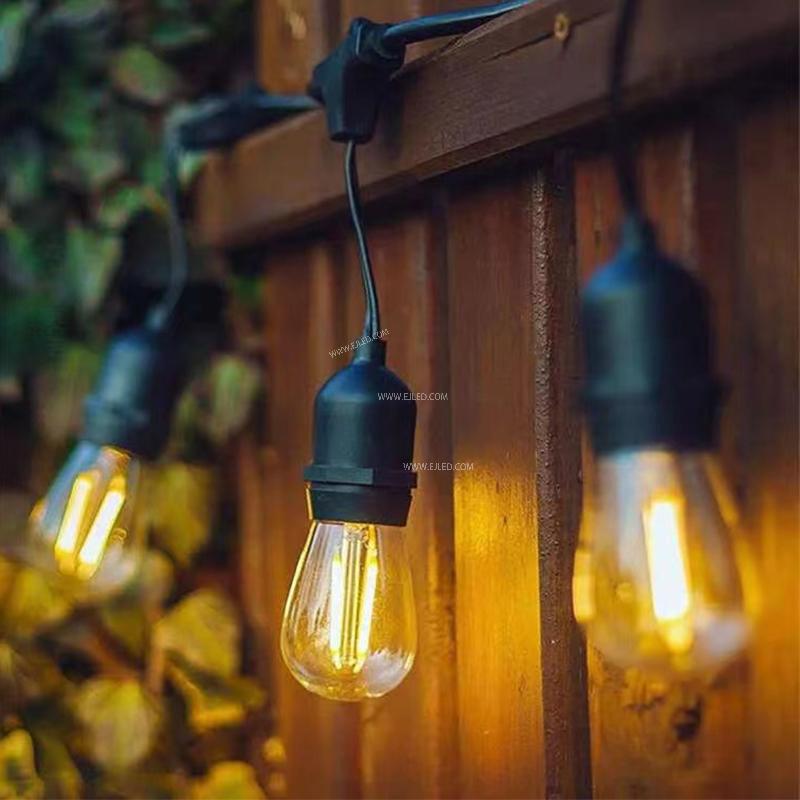

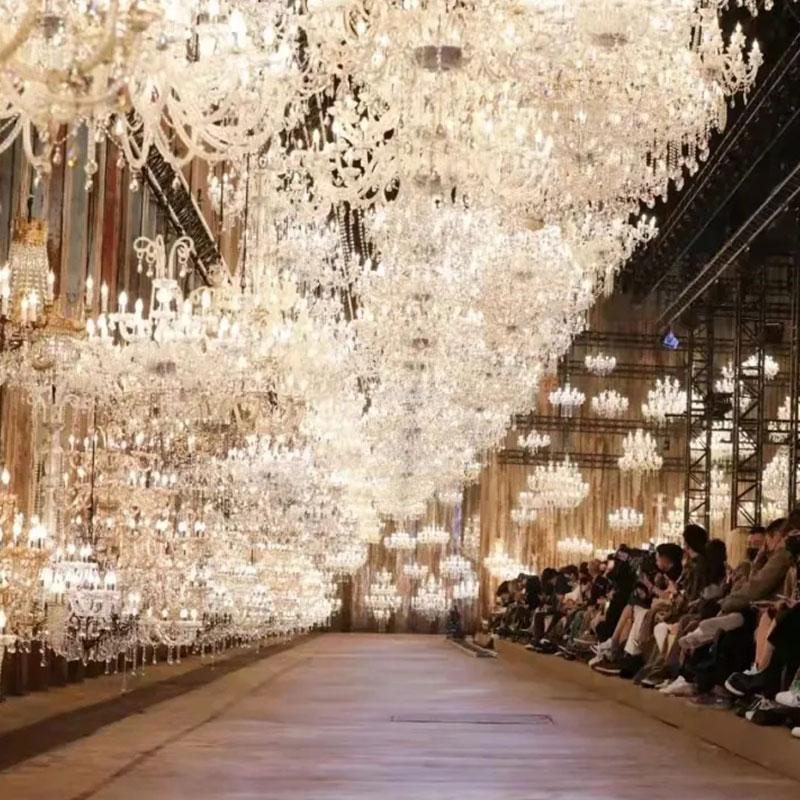






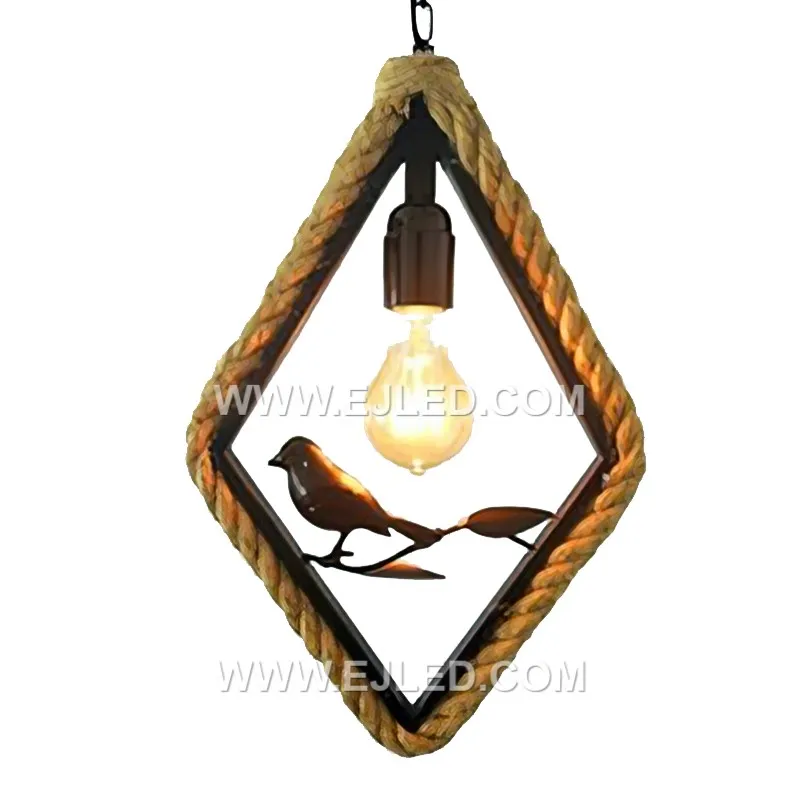






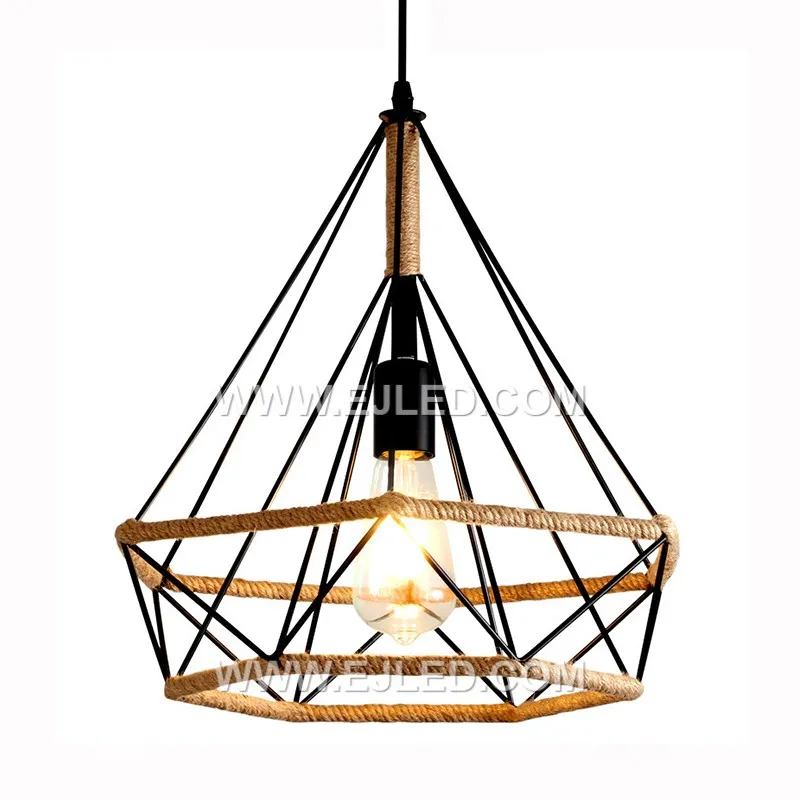
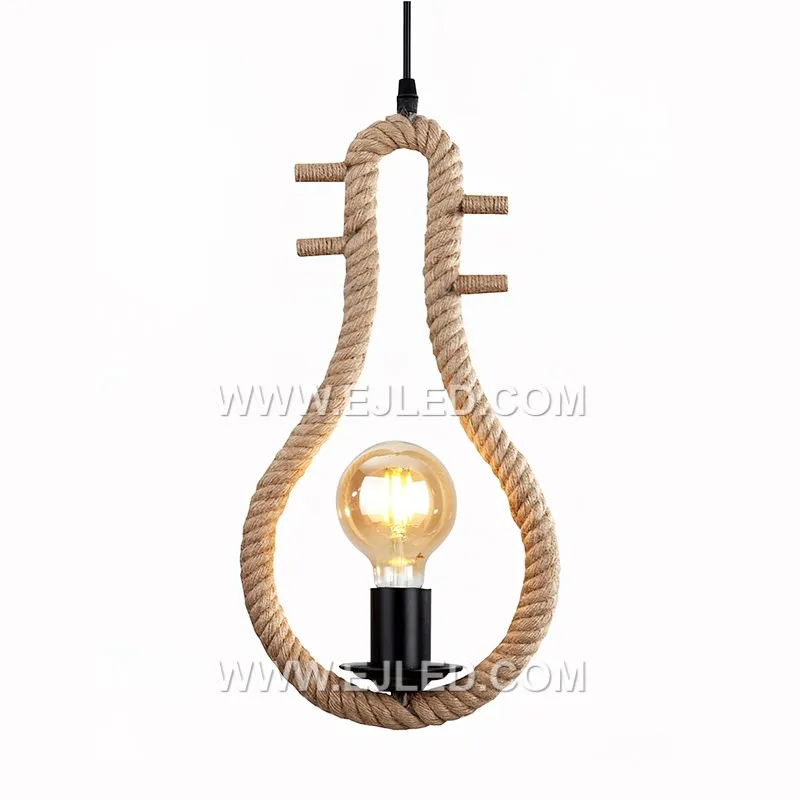
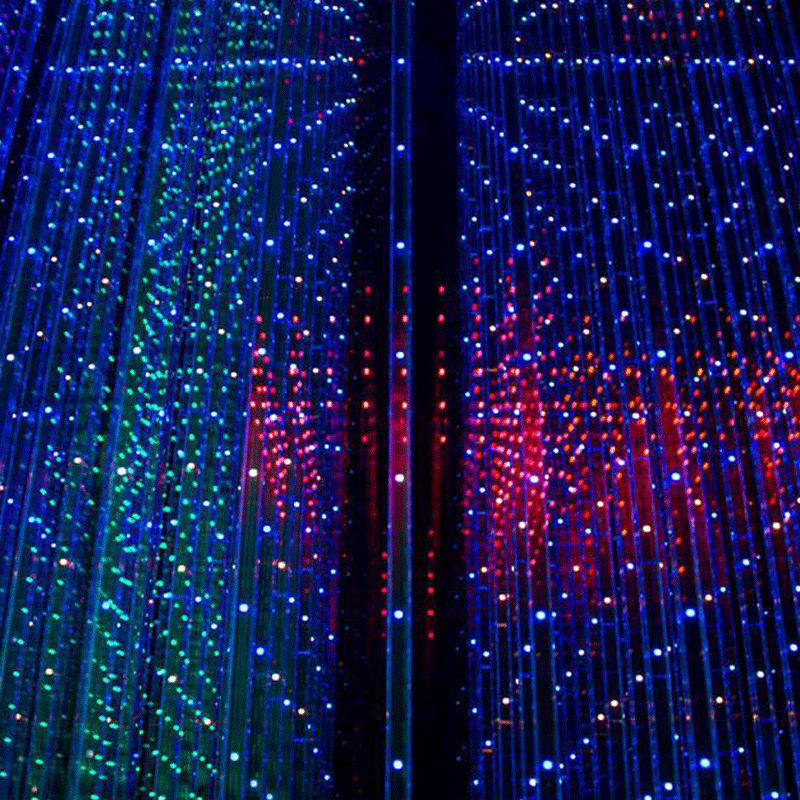
Leave a comment